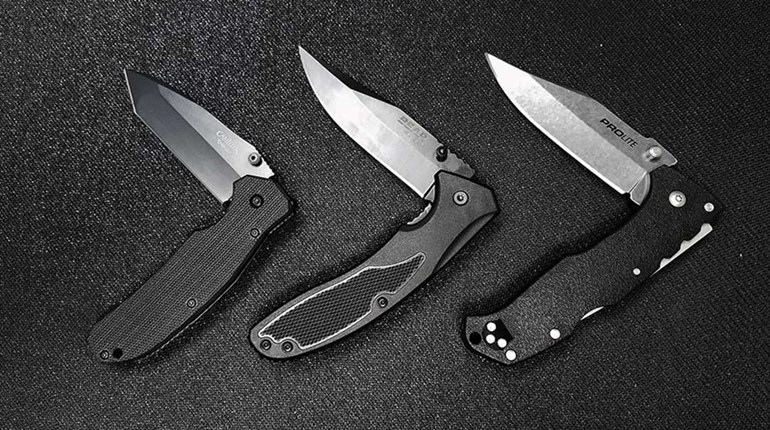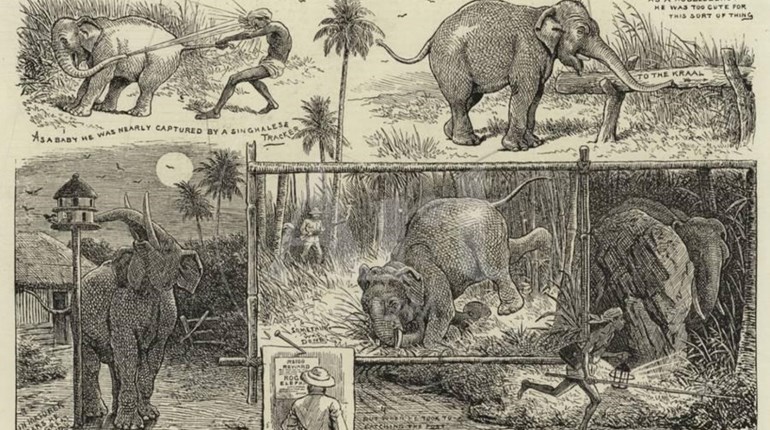
Too many shooters give up on the .410 shotgun before finding success—which is unfortunate, because this smallest of shotguns is simply fun to shoot. It's also a challenge, but getting the most from your .410 depends on what you want from it. One constant is that focused attention with each shot is the key; there is no room for error with a .410.
1. Size
The .410 shotgun is designated by the actual size of the bore. Other shotguns are designated by gauge, which is an old-fashioned definition of bore size—probably a remnant of the Proof House of London. Gauge is based on a lead ball count, the number of balls having the same diameter as the bore that it takes to weigh a pound.
The .410 shell holds a fraction of the shot held by the other gauges. Shells come in 2½ and 3-inch lengths with an average load of 7/16 to 11/16 ounce, respectively. It is common to expect too much from such a small load of shot. (The standard target and field loads of a 12-gauge shell are 1 1/8 and 1¼ ounce, respectively!)
The challenge of shooting a .410 is getting an effective number of shot to the target. Fewer shot results in gaps in the shot string. Even an 11/16-ounce load leaves little room for error. When shooting fewer shot from a narrower barrel, shot size can have considerable effect on the shot string as it flies through the air. If the pattern is strung out and full of holes, you will have to be a pretty fair shot to hit fast-moving targets.
2. Velocity
When buying shells check the velocity, because a .410 shell often has a lower velocity than the same shell in 12 gauge. Velocities can be less than 1,200 feet per second (fps), which is the standard velocity of target loads used in sporting events. Hunting shells tend to have higher velocities, some 1,300 or higher, and again the .410 is often lower than the same shell in other gauges. Lower velocity is not necessarily a problem; it’s just a matter of adjusting your lead when wing shooting.
3. Choke
Another thing to think about is the choke. A fixed-full choke is the factory standard. The barrel is tightly choked to make the most of a sparse pattern, which is not a cure-all for the average .410 shotshell. Shot damage is high for the simple reason that the column of shot is narrow, which means the pellets at the bottom of the wad hit the pellets in front as soon as the choke interrupts the flow. The effect is a lengthened shot string, which is fine for squirrel hunting or most shots at rabbits...but not desirable for pass shooting at clay targets and upland birds.
4. Shot
Shot size is important when using a .410. The tendency is to use the same size shot used in a 12-gauge. Shot size should be based on the target. For pass shooting at doves or jump shooting at woodcock, use the smallest shot you are comfortable for the hunting conditions. Think in terms of size 7½ for longer shots or shots that may be through brush. Go with size 8 or 8½ for the average shot out in the open. For target shooting, size 9 gives the densest pattern, but you will need to shoot fast as the pellets seem to lose energy in no time.
5. Practice
The .410 shines up close! Shooters will do well to think of their .410 as a 25-yard shotgun. To be sure, you can hit at longer ranges...but it may take a lot of practice to acquire such skill. If you can discipline your shooting, all the better. Larger shot hits harder, but your pattern will decrease in density. It is easier to hit a target with a dense, uniform pattern of shot.
Practice is helpful to imitate hunting conditions. Too often a shooter takes a new shotgun and simply patterns it on paper. Shooting paper for pattern density is informative, when done correctly. But too often this test is only performed with a couple of shots, which is not sufficient to find the best shells or shot size for your shotgun. Shooting paper helps determine if the pattern hits where you aim it.
6. Hunting
Squirrels have thick skins and dense muscles, making 6 shot the minimum size to use, although larger shot sizes are appropriate under some hunting conditions. Rabbits have thin skins, so size 6 or 7½ shot will do. Some hunters who are crack shots use a .410 for grouse and woodcock when snap shooting at close range is required. They find a lighter, shorter-barreled .410 loaded with 7½ or 8s easier to swing through the brush. A few experts carry a .410 for pheasant hunting over trained pointers.
Slugs are available and legal for deer in some states. A .410 slug has about the same energy as a .357 magnum, making the extent of your power range for deer about 35 yards. If your shotgun has a full-choked barrel, slugs are not recommended. Cylinder bores are meant to shoot slugs. Check with the manufacturer of your shotgun before you shoot any slugs.
Final Thoughts
Why shoot a .410? For the same reason people shoot .22 rifles: Less is more when it comes to noise and recoil. If you practice with moving targets on a regular basis, at least monthly, you will became a remarkably good shot and the limitations of a narrow column of shot will seem insignificant.





































